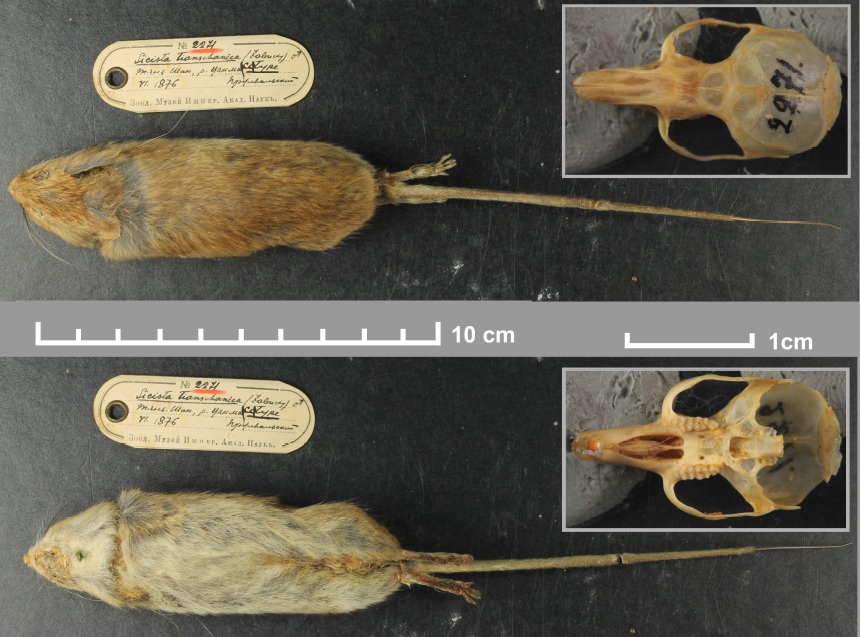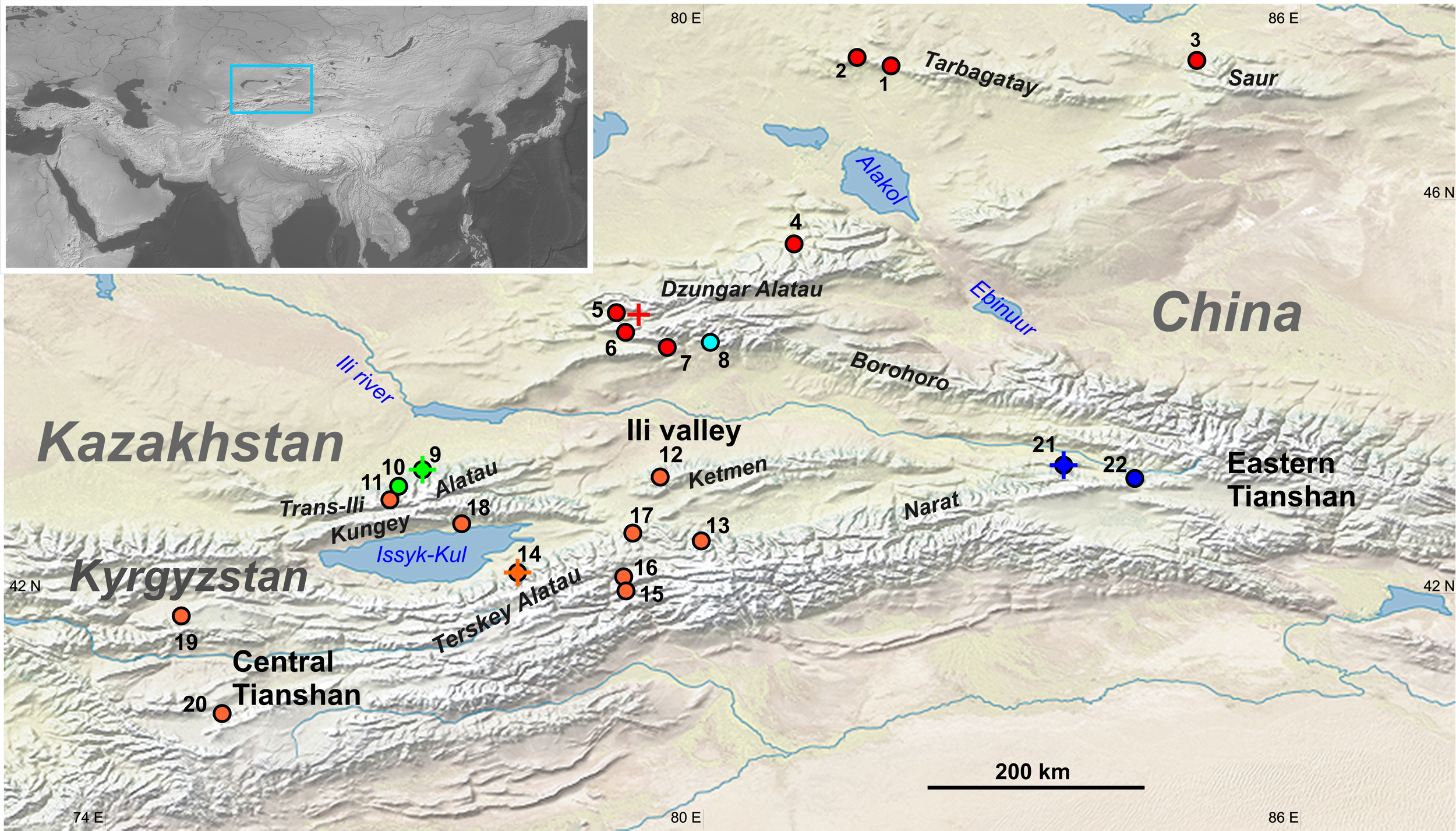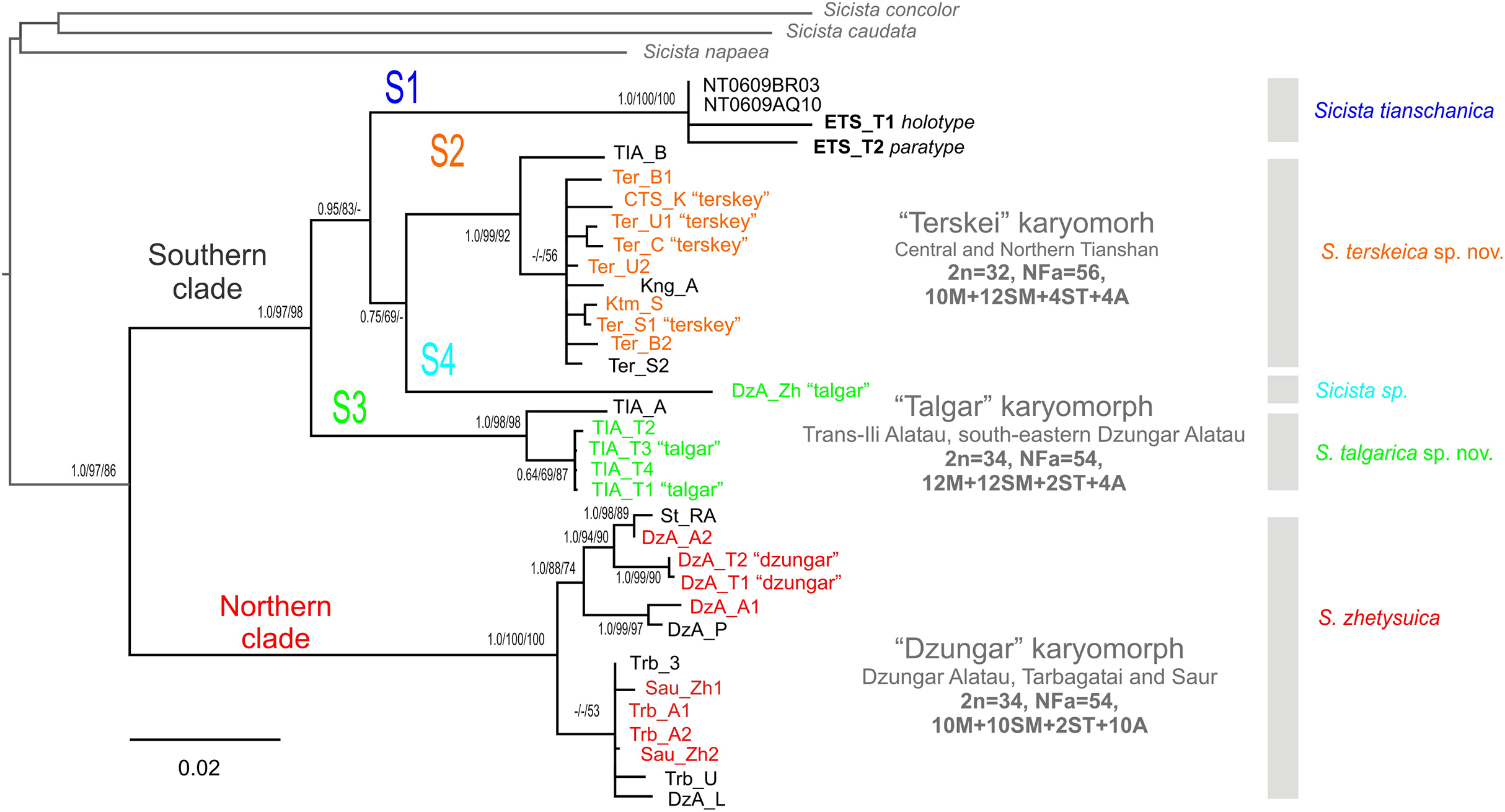
It is difficult to overestimate the importance of museum collections as a repository of hidden information about biodiversity. Over the past decade, “historical” DNA has been actively used for evolutionary and taxonomic studies. Genetic data from museum specimens is especially important for obtaining new information about rare or little-studied species. This group includes, for example, the Tien Shan birch mouse Sicista tianschanica, the last revision of which was carried out more than 30 years ago.

A team of researchers, including an employee of the Laboratory of Microevolution of Mammals, IEE RAS, Ph.D. Zemmerov E.D., for the first time on the basis of samples from museum collections, including type specimens, carried out a comprehensive complex molecular genetic analysis of the nucleotide sequences of mitochondrial and nuclear genes of representatives of the Tien Shan birch mouse species.

The data obtained as a result of this study were compared with the available information on previously identified karyomorphs of this group. It has been shown that this complex of species includes several clades of the species level. Based on genetic and karyotypic data, two new species have been described: Sicista terskeica and S. talgarica.
Original publication:
Lebedev V.S., Kovalskaya Y., Solovyeva E.N., Zemlemerova E.D., Bannikova A.A., Rusin M.Y., Matrosova V.A., 2021. Molecular systematics of the Sicista tianschanica species complex: a contribution from historical DNA analysis. PeerJ., 9: e10759.
https://peerj.com/articles/10759/
